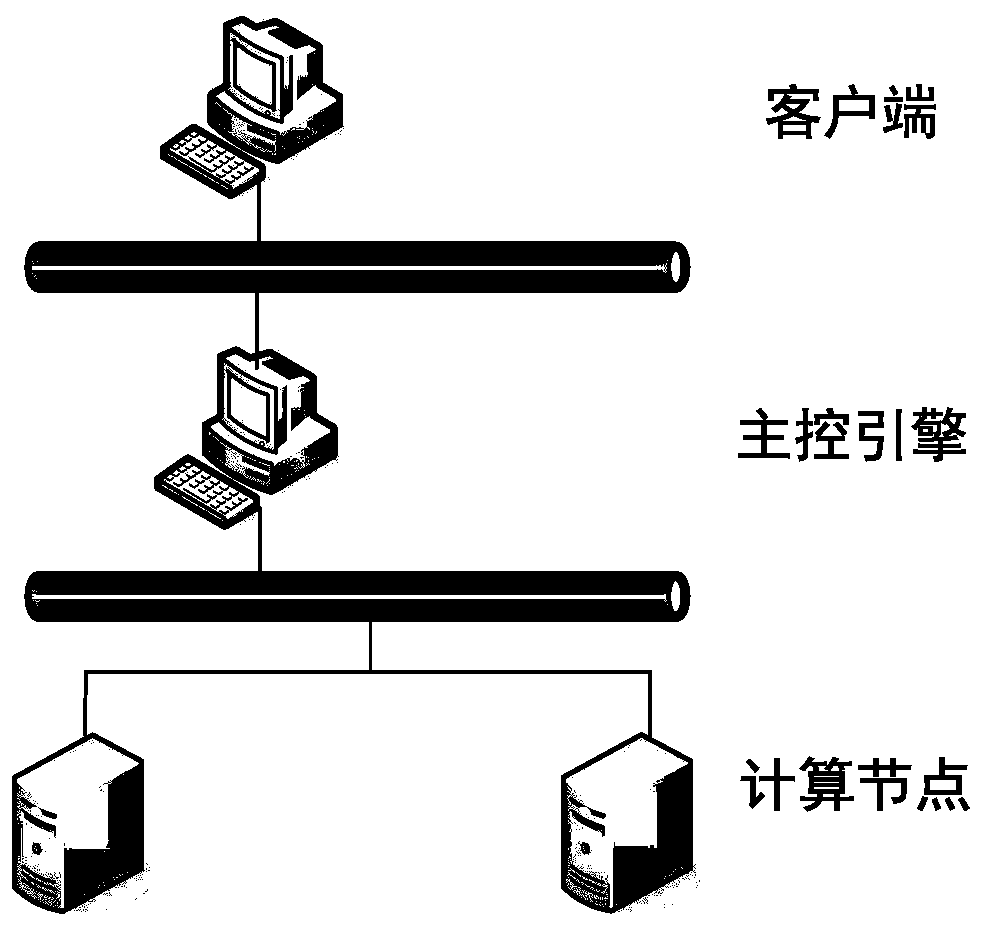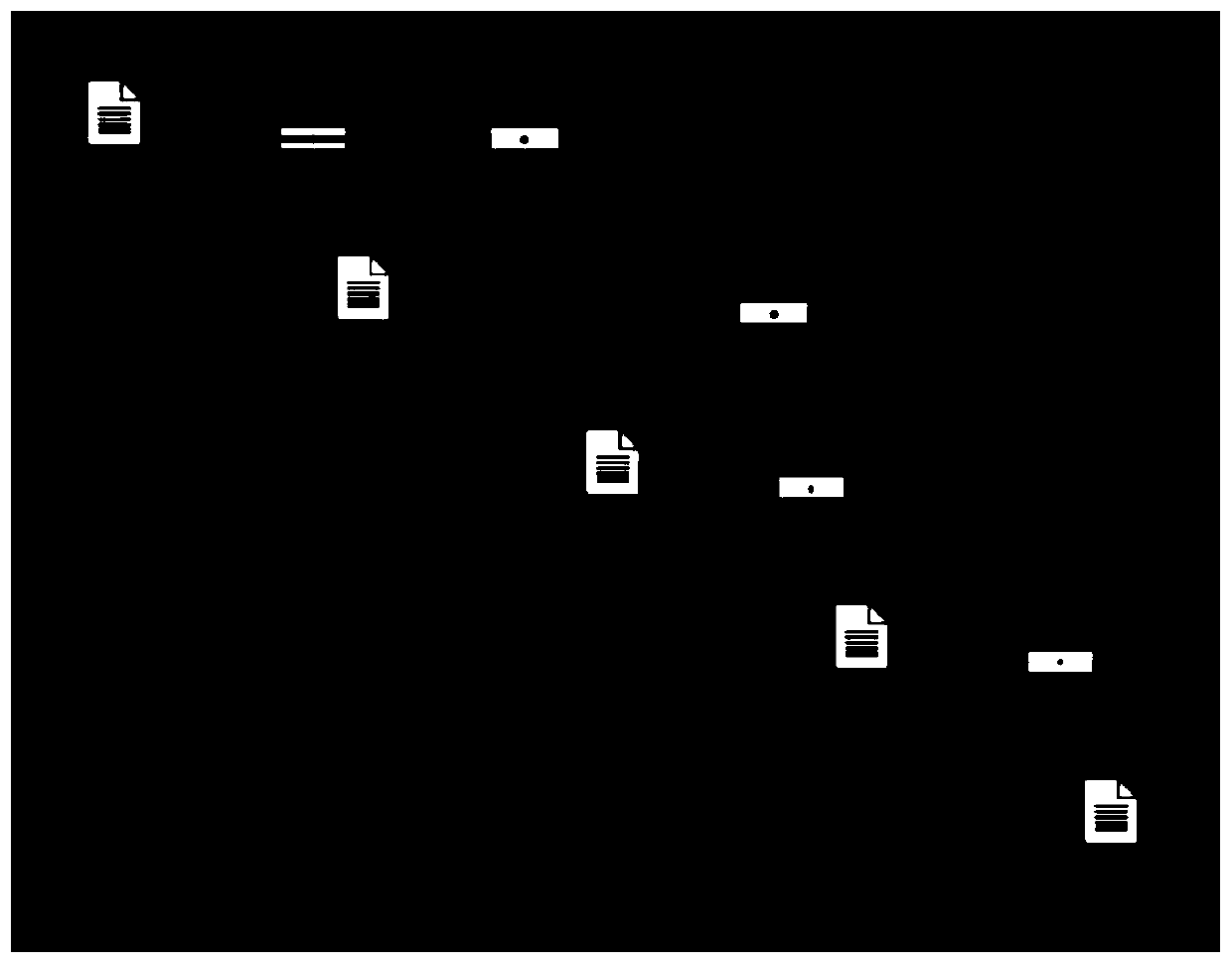A Sequential Model Scheduling Method for Distributed Simulation System
A distributed simulation and simulation system technology, applied in design optimization/simulation, instruments, calculations, etc., can solve the problems of untargeted and low efficiency of simulation operation scheduling, so as to improve efficiency, avoid time-consuming model scheduling, and reduce load effect
- Summary
- Abstract
- Description
- Claims
- Application Information
AI Technical Summary
Problems solved by technology
Method used
Image
Examples
Embodiment 1
[0062] This embodiment will further elaborate on the "targeted operation of models that affect input parameters" mentioned in "a sequential model scheduling method for a distributed simulation system" of the present invention.
[0063] figure 1 The model data relationship diagram of this method contains 5 models, where the output of model 1 and model 2 is passed to model 3, and the output of model 3 is passed to model 4 and model 5, that is, the downstream models of model 1 and model 2 are Model 3, the downstream models of Model 3 are Model 4 and Model 5.
[0064] Depend on figure 1 It can be seen that it is necessary to pay attention to the impact of the operation of model 1 on the downstream model, then run model 1, model 3, and then run model 4 and model 5, but model 2 will not run; it is necessary to pay attention to the impact of model 3 on the downstream model impact, run model 3, then run model 4 and model 5, but model 1 and model 2 will not run.
Embodiment 2
[0066] This embodiment further summarizes a sequential model scheduling method of a distributed simulation system proposed by the present invention, mainly expounding the deployment of the operating environment and the configuration of simulation tasks of the distributed simulation system.
[0067] In this embodiment, one client, one main control engine and two computing nodes are used to deploy the operating environment of the distributed simulation system. The deployment structure diagram is as follows figure 2 shown, from figure 2 It can be seen that the deployment structure includes clients, master control engines and computing nodes.
[0068] The specific description of this embodiment is as follows: a client, a main control engine and 2 computing nodes are respectively deployed on 4 computers;
[0069] Establish connections between the client and the main control engine, the main control engine and each computing node, and each computing node;
[0070] The informatio...
Embodiment 3
[0079] This embodiment further elaborates on the sequence model scheduling process in this method:
[0080] Figure 4 It is a sequence model scheduling flowchart of the present invention, as can be seen from the figure, this embodiment includes the following steps:
[0081] Step 1: simulation operation initialization, that is, sending simulation tasks to the main control engine and completing model distribution; specific to the present embodiment, step 1 also includes:
[0082] Step I.1 The client collects simulation tasks and sends them to the main control engine;
[0083] The simulation task in this embodiment is the simulation task in Embodiment 1, including 5 models and the data flow information between the models, and the client collects the simulation tasks and sends them to the main control engine in packages;
[0084] Step I.2 The main control engine receives the simulation task, and performs model distribution;
[0085] The main control engine receives the simulati...
PUM
 Login to View More
Login to View More Abstract
Description
Claims
Application Information
 Login to View More
Login to View More - R&D
- Intellectual Property
- Life Sciences
- Materials
- Tech Scout
- Unparalleled Data Quality
- Higher Quality Content
- 60% Fewer Hallucinations
Browse by: Latest US Patents, China's latest patents, Technical Efficacy Thesaurus, Application Domain, Technology Topic, Popular Technical Reports.
© 2025 PatSnap. All rights reserved.Legal|Privacy policy|Modern Slavery Act Transparency Statement|Sitemap|About US| Contact US: help@patsnap.com



